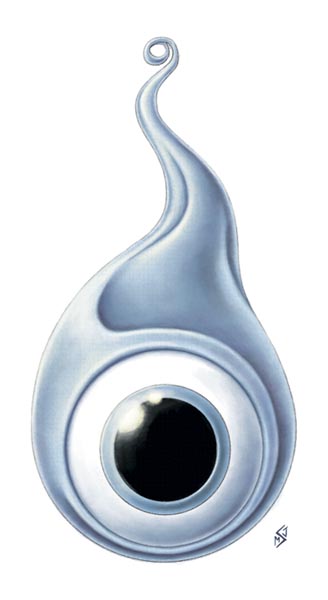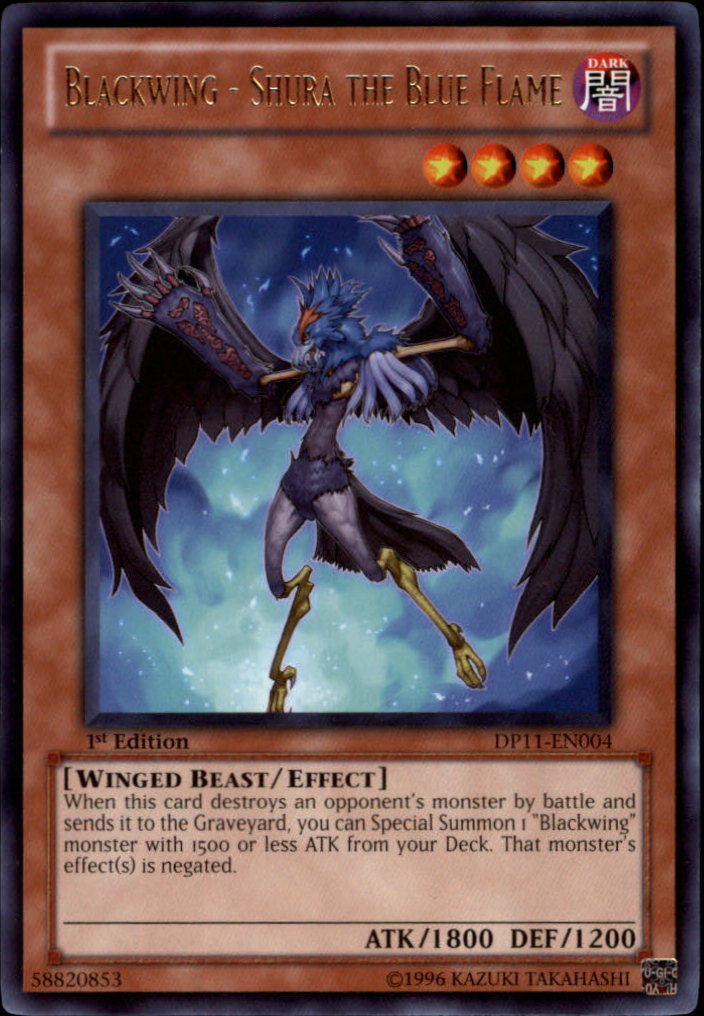

Bunsen burners could be clamped at an angle if desired: this helps avoid contamination caused by dripping onto the mouth of the burner (but care is need in the direction of the flame). It is important not to let the splint start to burn too vigorously.
Students hold a soaked splint in a blue Bunsen flame to reveal the flame colour. These should be immersed in the solution. There should also be as many pre-soaked splints as there are working groups. #ROYAL ORDER OF THE BLUE FLAME PLUS#
Each should be labelled with the name and symbol of the metal ion present, plus appropriate hazard warnings.

Each ‘station’ around the laboratory should then consist of a boiling tube containing one of the above solutions, held in a test tube rack.Sets of boiling tubes should be up to half-filled with the solutions of the salts.

Well before the lesson in which they are to be used, thoroughly soak a supply of wooden splints in distilled water. See CLEAPSS Hazard HC047b for more information on chlorides. Copper chloride can be harmful, and dangerous to the environment. Strontium chloride can cause eye damage. Lithium chloride, sodium chloride, potassium chloride, rubidium chloride, caesium chloride, calcium chloride, and barium chloride are all of low hazard. Read our standard health and safety guidance. Lithium chloride solution, 0.5 mol dm–3. A selection from solutions of the following salts. Help students to reveal the burning colour of splints soaked in different chloride solutions in this experiment. RSC Yusuf Hamied Inspirational Science Programme. Introductory maths for higher education. The physics of restoration and conservation.







 0 kommentar(er)
0 kommentar(er)
